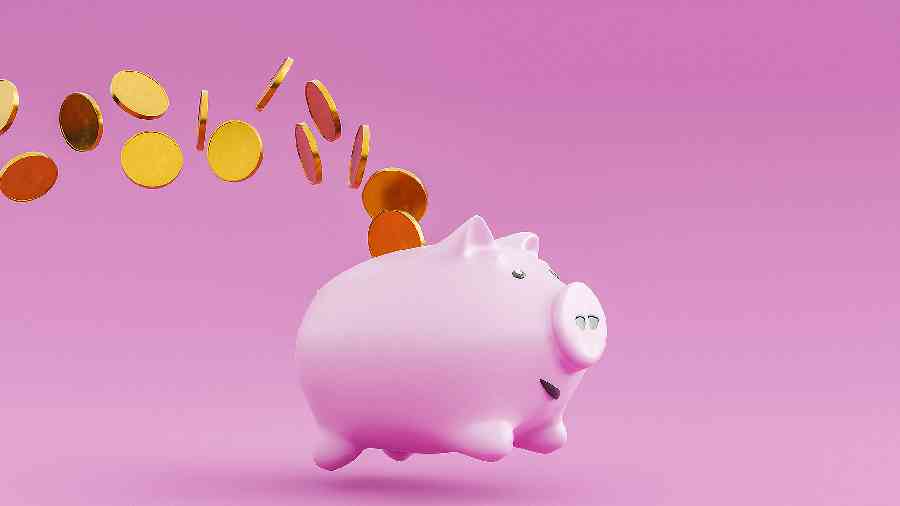The changes in the small savings rate on Friday will increase the Centre’s interest payments as it dips into the National Small Savings Fund (NSSF) to meet its huge borrowing target.
The Modi-government plans to borrow around Rs 6.5 lakh crore in gross terms from the NSSF, and analysts expect it will have to pay higher interest rate to the NSSF, up to 6.75 per cent from 6.47 per cent previously.
The rates have been raised 10 basis points to 70 basis points, though the one on the popular public provident fund (PPF) is unchanged at 7.1 per cent. The rate on post office savings deposits is also unchanged at 4 per cent.
Finance minister Nirmala Sitharaman in Budget 2023-24 said the central government would sell government bonds worth Rs 11.8 lakh crore to finance its fiscal deficit, with the rest from the NSSF and other sources.
Aggregate gross borrowings will touch Rs 15.4 lakh crore, with borrowings from the NSSF making up 26.38 per cent of the fiscal deficit, underlining its importance to the government and bond market. The new deposit programme for women and senior citizens is expected to help the government to reach the target.
Recently the government announced its borrowing calendar for H1FY24, which has been estimated at Rs 8.88 lakh crore for H1 (57.6 per cent of total borrowing).
The average interest cost of the Centre on these securities is set at 7.29 per cent to 7.35 per cent for the first half of the borrowing programme, the Bank of Baroda estimated.
For the year 2023-24, the Government has budgeted Rs 6.48 lakh crore as receipts for small savings. After deducting the repayments, the net securities against small savings have been earmarked at Rs 4.74 lakh crore.
“By calculating the component-wise borrowing costs and using the revised interest rates; it has been estimated the overall interest payment for government with the revision has inched up to 6.75 per cent from 6.4 per cent (based on old rates),” Jahnavi Prabhakar, economist, Bank of Baroda said.
“In absolute terms, the interest cost would rise from Rs 41,917 crore to Rs 43,731 crore (new rate). But this would be lower than the market borrowings cost which is placed at 7.29-35 per cent based on our estimates.
Based on RBI’s data, Post Office small deposits have the highest share in total savings comprising about 69.4 per cent, followed by saving certificates at 23 per cent and the public provident Fund at 7.6 per cent.
Jahnavi said: “In case, however, we exclude savings deposits from the lendable pool the average cost of borrowing is expected to be much higher at 6.95 per cent (old rate) and 7.28 per cent (new rates). In absolute terms, the cost will be higher from Rs 45,041 crore to Rs 47,211 crore (new rate).”
Small savings interest rates, while set by the government, are linked to market yields on government securities at a spread of 0-100 basis points over the yield of these securities of comparable maturities. As such, with market yields on government securities rising during the reference period, interest rates on small savings schemes should also rise.
In December 2022-February 2023, which is the reference period for small savings interest rates for April-June2023, yield on five-year government bonds rose around 30 basis points, while 10-year bond yields rose just under 20 basis points.
The Reserve Bank since May has raised the benchmark lending rate 250 basis points to 6.5 per cent, prompting banks to raise interest rates on deposits as well. The RBI raised the repo rate or short-term lending rate by 25 basis points last month. This was the sixth-consecutive rate hike after a 40 basis points increase in May and 50 basis points hike each in June, August and September.










